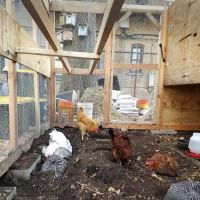100 Quincy Community Garden Introduce
Amidst the vibrant energy and historic brownstones of Brooklyn's Bedford-Stuyvesant neighborhood, the 100 Quincy Community Garden stands as a cherished urban oasis. More than just a patch of green, this garden represents a vital space where nature thrives, community bonds are strengthened, and local residents can connect with the earth right in the heart of New York City. It’s a testament to the power of grassroots efforts, transforming what might otherwise be an underutilized space into a flourishing environment that benefits everyone who lives nearby.
Community gardens like 100 Quincy are essential elements of New York City's urban fabric. They provide invaluable opportunities for residents to escape the concrete, cultivate plants, grow their own food, and engage in sustainable practices. This particular garden is known for its dedication to fostering a sense of shared responsibility and environmental stewardship among its members and the wider community. It’s a place where seasoned gardeners share their wisdom with newcomers, and where the simple act of growing food becomes a powerful catalyst for neighborhood unity. For anyone living in or visiting Bed-Stuy, the 100 Quincy Community Garden offers a unique glimpse into the collaborative spirit that defines many of Brooklyn's most beloved local initiatives.
The 100 Quincy Community Garden is ideally located at 100 Quincy St, Brooklyn, NY 11238, USA. This address places it squarely within the vibrant and historic Bedford-Stuyvesant (Bed-Stuy) neighborhood. Bed-Stuy is renowned for its beautiful tree-lined streets, distinct brownstone architecture, and a strong sense of community, making the garden a convenient and appealing destination for locals.
Accessibility to the 100 Quincy Community Garden is straightforward for New Yorkers utilizing public transportation. The garden is within walking distance of several MTA subway lines. The G train at Classon Avenue or Bedford-Nostrand Avenues provides direct access to the neighborhood, making it an easy commute from various parts of Brooklyn and Queens. Additionally, the A and C lines, accessible at Nostrand Avenue or Franklin Avenue, are also a reasonable distance away, offering further options for commuters. Numerous MTA bus routes also operate along major thoroughfares such as Nostrand Avenue and Greene Avenue, providing convenient bus stops near Quincy Street. For those who enjoy walking or biking, the garden's location in a pleasant residential area makes it an enjoyable short stroll or bike ride. The ease of access ensures that this green space remains a truly public and communal resource, welcoming all who wish to visit, participate, or simply enjoy a moment of peace and nature within the urban landscape.
The 100 Quincy Community Garden, like many vital green spaces in New York City, offers a range of services and opportunities that extend beyond simply providing a place for plants. These offerings are geared towards fostering community engagement, promoting environmental stewardship, and enhancing the quality of life for local residents.
Individual Garden Plots: A primary service often provided by community gardens is the allocation of individual garden plots to members. This allows locals to cultivate their own fresh produce, flowers, or herbs, providing a direct connection to nature and a source of healthy food right in their neighborhood.
Shared Green Space and Relaxation: The garden offers a peaceful and aesthetically pleasing shared green space. It serves as a tranquil retreat where community members can relax, meditate, read a book, or simply enjoy the outdoors. This open space is crucial for mental well-being in a dense urban environment.
Community Composting: Many urban community gardens facilitate composting programs. While specific details for 100 Quincy were not provided, it is highly likely that they offer a system for members and potentially local residents to drop off organic waste, thereby diverting it from landfills and enriching the garden's soil. This service promotes sustainable practices.
Educational Workshops and Skill-Sharing: Community gardens often host workshops on various topics such as gardening techniques, composting, pest management, and urban agriculture. These sessions allow members to learn new skills, share knowledge, and foster a collective understanding of sustainable living. These are invaluable for both seasoned and novice gardeners.
Community Events and Gatherings: The garden serves as a natural venue for local events. This could include potlucks, seasonal celebrations, art events, movie nights, or gardening workdays. Such gatherings strengthen community bonds, create opportunities for social interaction, and foster a vibrant neighborhood culture.
Environmental Education: By simply existing and thriving, the garden acts as a living classroom. It educates visitors on plant life, biodiversity, and the importance of green spaces in urban ecosystems, promoting environmental awareness among locals of all ages.
Volunteer Opportunities: The operation and maintenance of community gardens rely heavily on volunteer effort. The 100 Quincy Community Garden offers opportunities for locals to contribute their time and energy, fostering a sense of ownership and shared responsibility for the space.
These services collectively contribute to the garden's role as a vital community asset, enriching the lives of residents in Bedford-Stuyvesant.
The 100 Quincy Community Garden offers several distinctive features and highlights that make it a valuable and cherished part of the Brooklyn landscape. These elements contribute to its appeal and functionality as a community green space.
Active Urban Farming: A core highlight of the garden is its active role in urban agriculture. While specific crops weren't detailed in the provided information, community gardens are renowned for producing fresh vegetables, herbs, and flowers. This focus allows members to connect directly with food production, promoting local, sustainable eating.
Inviting Green Space in an Urban Setting: Nestled in a dense urban neighborhood, the garden provides a crucial green oasis. It offers a visual and sensory escape from the concrete, contributing to the aesthetics of the block and providing a peaceful environment for relaxation and contemplation.
Community-Driven Ethos: As a "community garden," its very existence is a testament to the collaborative spirit of local residents. These gardens are typically run by volunteers and members, reflecting a strong grassroots effort to create and maintain shared green spaces. This collective ownership fosters a unique and welcoming atmosphere.
Potential for Shared Amenities: While not explicitly stated, most community gardens include shared amenities such as picnic tables, benches, and common areas. These features provide spaces for members and visitors to gather, socialize, and enjoy outdoor meals, enhancing the garden's role as a social hub.
Environmental Contribution: The presence of an active garden contributes positively to the local environment. It helps to improve air quality, supports local biodiversity (attracting pollinators like bees and butterflies), and can help manage stormwater runoff, making the neighborhood greener and more resilient.
Educational Opportunities: Community gardens often serve as informal educational centers. Members and visitors can learn about gardening techniques, sustainable practices, and the local ecosystem through direct observation and interaction with other gardeners. This hands-on learning is a valuable feature.
Accessibility: Its location on Quincy Street in Bed-Stuy, a residential area well-served by public transportation, means the garden is easily accessible to a wide range of locals, making it a convenient destination for daily visits or specific events.
These highlights underscore the 100 Quincy Community Garden's role as not just a beautiful space, but a functional, community-oriented, and environmentally beneficial asset for its Brooklyn neighborhood.
As a community garden, the 100 Quincy Community Garden operates as a non-commercial, public or semi-public green space. Therefore, it does not typically offer traditional "promotions" or "special offers" in the retail sense of discounts or limited-time sales. Its value lies in its inherent offerings and contributions to the local community. However, in the context of a community resource, the following aspects can be considered its ongoing "special offers" to locals:
Free Public Access: The most significant "promotion" is the free access to a serene and productive green space. For residents in a dense urban environment like New York City, having a beautiful garden available for relaxation and enjoyment without any entry fee is an invaluable benefit.
Complimentary Green Space for Relaxation: The garden provides a peaceful environment for meditation, reading, or simply enjoying nature, all at no cost. This offers a free mental and physical respite from the urban hustle.
Opportunities for Urban Farming: For members, the opportunity to cultivate their own plot and grow fresh produce is a unique and highly valued offering. This provides access to healthy, locally grown food, potentially saving on grocery costs and offering a rewarding hobby.
Free Community Events: While specific events were not detailed in the provided information, most community gardens regularly host free or low-cost events such as workshops, open days, potlucks, or seasonal celebrations. These events offer free entertainment, education, and opportunities for social engagement.
Volunteer Participation: The chance to volunteer and contribute to the garden's maintenance and growth is a unique "offer" for locals. It allows individuals to acquire new skills, meet like-minded neighbors, and directly invest in a shared community asset, fostering a strong sense of pride and belonging.
Environmental Benefits: The garden inherently provides environmental "promotions" to the neighborhood, including improved air quality, support for local biodiversity (e.g., pollinators), and enhanced urban aesthetics, all of which contribute to a healthier and more enjoyable living environment.
For information on specific events or how to become a member and potentially acquire a plot, interested locals should look for a community board at the garden site itself, check local Bed-Stuy community online forums, or inquire with active gardeners they may encounter, as community gardens often rely on direct communication within their immediate network.
For those interested in learning more about the 100 Quincy Community Garden, inquiring about membership, or understanding their public access hours, direct contact information specific to the garden is not always publicly listed in a centralized phone number like commercial entities. Community gardens often operate through volunteer coordination and direct engagement.
However, the most reliable way to gather information or make contact would typically be through these avenues:
Address: 100 Quincy St, Brooklyn, NY 11238, USA
On-Site Inquiry: The best way to connect with the 100 Quincy Community Garden is often to visit the garden during its likely open hours (especially on warmer weekend mornings or afternoons) and speak directly with members who are present and working in their plots. They can provide the most current information on public access, membership opportunities, and any upcoming events.
Community Boards/Local Associations: Many community gardens have affiliations with local block associations, civic groups, or larger citywide greening initiatives like NYC Parks GreenThumb. Searching for "100 Quincy Community Garden" on the NYC Parks GreenThumb website or relevant Bed-Stuy community forums and social media groups might yield contact emails or more structured ways to reach out.
General NYC Parks Information: While not specific to the garden itself, for general inquiries about community gardens in NYC or to report any issues related to public parks, the NYC Parks general information line might be a starting point. However, they typically won't have specific operational details for individual community gardens.
Given the nature of community gardens, direct engagement at the site or through local community networks is often the most effective way to establish contact and get involved.
The 100 Quincy Community Garden stands as an invaluable asset for locals in the New York region, particularly for those residing in Brooklyn's Bedford-Stuyvesant neighborhood. Its inherent design and purpose make it uniquely suitable for enhancing urban life in several profound ways.
Firstly, in a city characterized by its dense development, the garden provides a crucial and accessible green escape. It offers a tranquil environment where locals can disconnect from the urban hustle, find peace, and reconnect with nature. Whether it's a quiet moment on a bench, a stroll among flourishing plants, or simply enjoying the fresh air, this space is vital for mental and physical well-being. Having such a verdant oasis just steps away from their homes is a significant advantage for residents, offering a much-needed break from the concrete landscape.
Secondly, the 100 Quincy Community Garden fosters a strong sense of community and belonging. As a space collaboratively managed and cultivated by local residents, it encourages social interaction, shared responsibility, and neighborly bonds. It’s a place where new friendships can blossom, where experienced gardeners can mentor newcomers, and where collective effort creates tangible beauty. For those looking to become more integrated into their neighborhood, or simply to meet like-minded individuals, the garden serves as a natural and welcoming hub.
Moreover, the garden plays a significant role in promoting sustainable living and urban agriculture. For members, the opportunity to cultivate their own produce directly contributes to healthier eating habits and a deeper understanding of food systems. Even for non-members, the very existence of an active urban farm promotes environmental awareness and showcases the possibility of green living within the city. This commitment to sustainability not only benefits the immediate environment but also educates the wider community on responsible living practices.
In essence, the 100 Quincy Community Garden is more than just a place to grow plants; it's a living testament to community power, a source of peace and beauty, and a vital contributor to the health and vibrancy of Bedford-Stuyvesant. It provides a unique blend of environmental benefits, social cohesion, and recreational opportunities that are indispensable for enhancing the quality of life for New Yorkers in this dynamic Brooklyn neighborhood.
100 Quincy Community Garden Photos
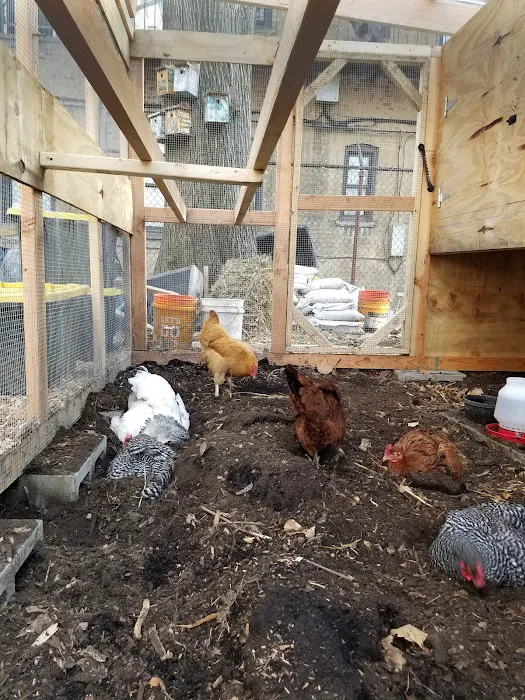
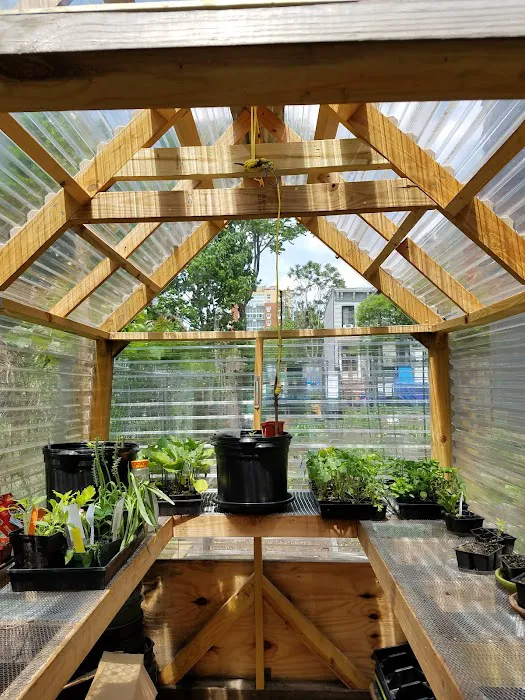
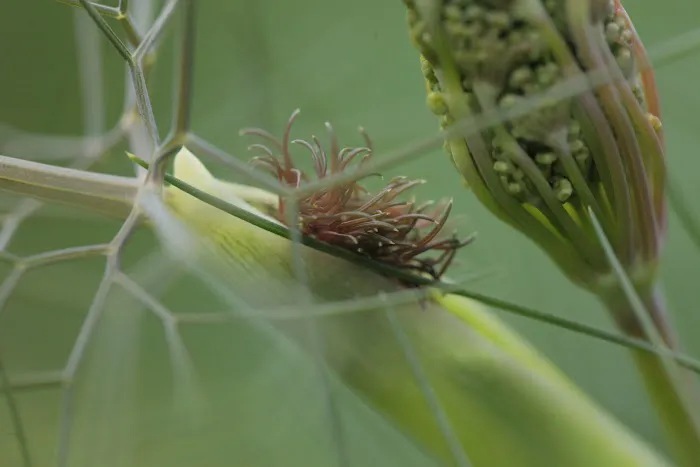


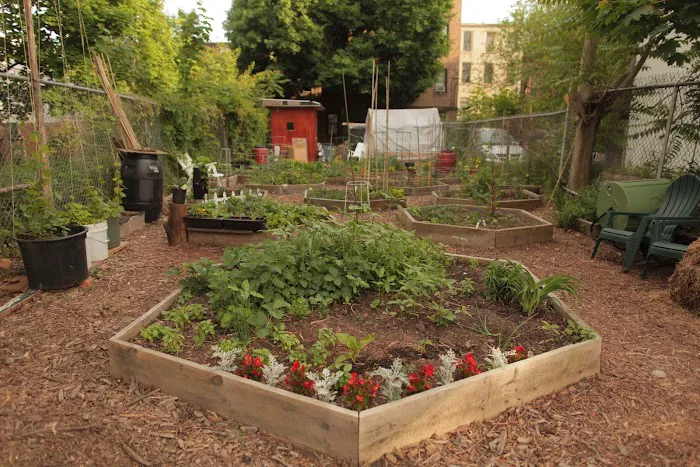

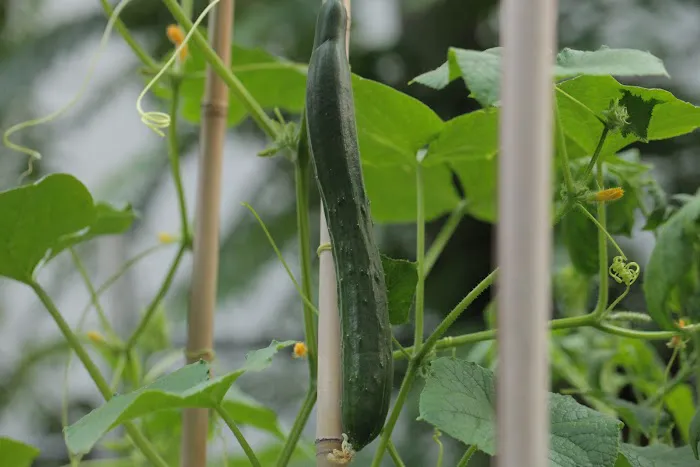

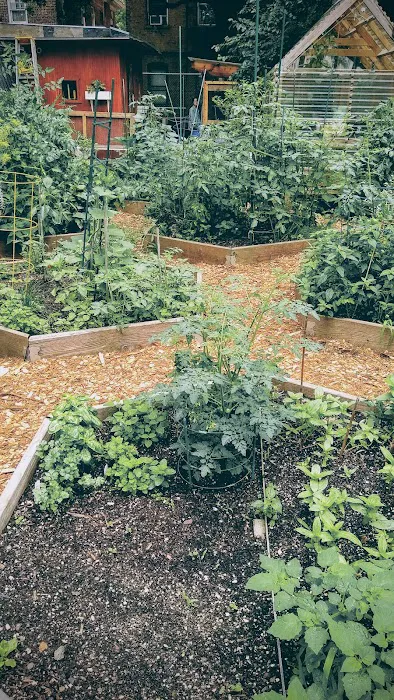
100 Quincy Community Garden Location
100 Quincy Community Garden
100 Quincy St, Brooklyn, NY 11238, USA
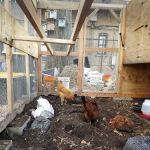 100 Quincy Community Garden
100 Quincy Community Garden100 Quincy St
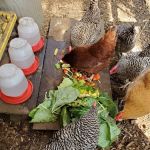 100 Quincy
100 Quincy100 Quincy St
 Greene Acres
Greene Acres349 Greene Ave
 Jane Bailey Memorial Garden
Jane Bailey Memorial Garden327-329 Greene Ave
 Jane Bailey Memorial Garden
Jane Bailey Memorial Garden327 Greene Ave
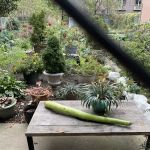 Cedar Tree Garden
Cedar Tree Garden305 Greene Ave
 Cedar Tree Garden
Cedar Tree Garden305 Greene Ave
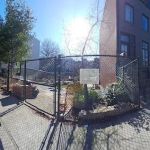 Madison Hill Community Garden
Madison Hill Community Garden88 Madison St
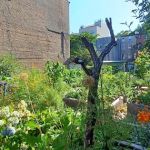 Classon Ful-gate Block Association Garden
Classon Ful-gate Block Association Garden474 Classon Ave
 Classon/Fulgate Block Association Garden
Classon/Fulgate Block Association Garden474 Classon Ave
 Udom Residence
Udom Residence1054 Bedford Ave
 Clifton Place Memorial Garden & Park
Clifton Place Memorial Garden & Park1031 Bedford Ave
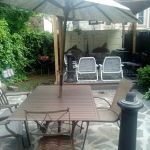 Yellow Block Bed & Breakfast
Yellow Block Bed & Breakfast208 Quincy St
100 Quincy Community Garden Reviews
More Scenic Spot
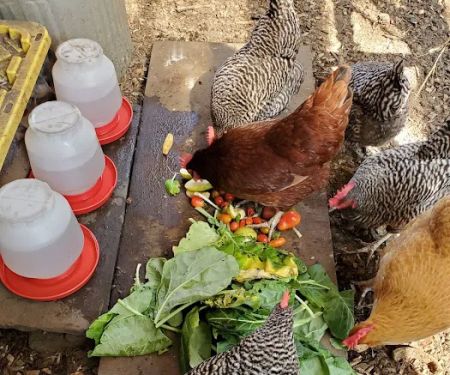 100 Quincy4.0 (7 reviews)
100 Quincy4.0 (7 reviews)100 Quincy St, Brooklyn, NY 11238, USA
 Greene Acres4.0 (10 reviews)
Greene Acres4.0 (10 reviews)349 Greene Ave, Brooklyn, NY 11238, USA
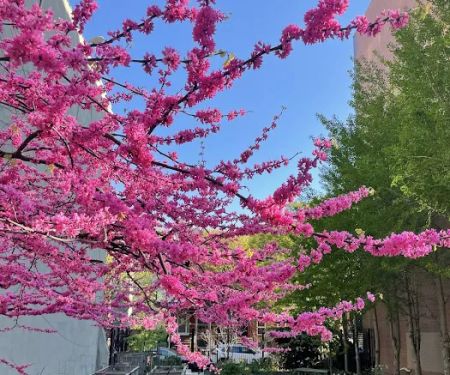 Jane Bailey Memorial Garden0.0 (0 reviews)
Jane Bailey Memorial Garden0.0 (0 reviews)327-329 Greene Ave, Brooklyn, NY 11238, USA
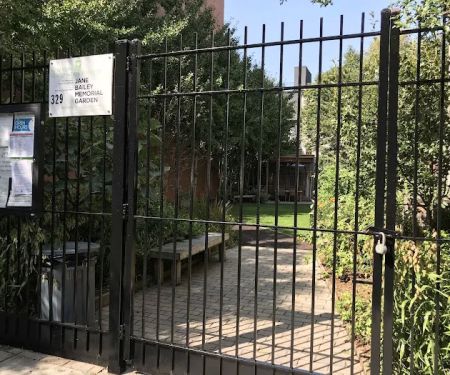 Jane Bailey Memorial Garden5.0 (5 reviews)
Jane Bailey Memorial Garden5.0 (5 reviews)327 Greene Ave, Brooklyn, NY 11238, USA
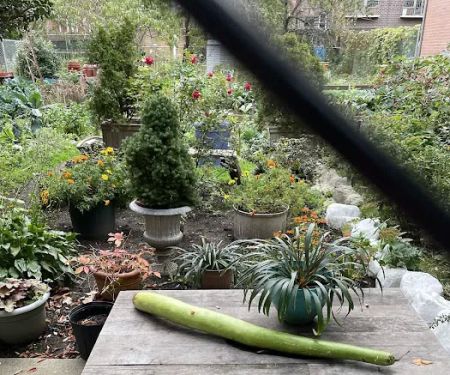 Cedar Tree Garden5.0 (3 reviews)
Cedar Tree Garden5.0 (3 reviews)305 Greene Ave, Brooklyn, NY 11238, USA
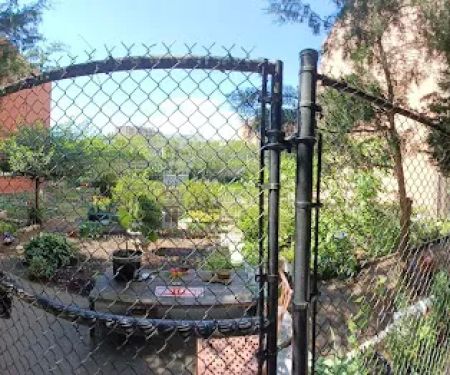 Cedar Tree Garden0.0 (0 reviews)
Cedar Tree Garden0.0 (0 reviews)305 Greene Ave, Brooklyn, NY 11238, USA
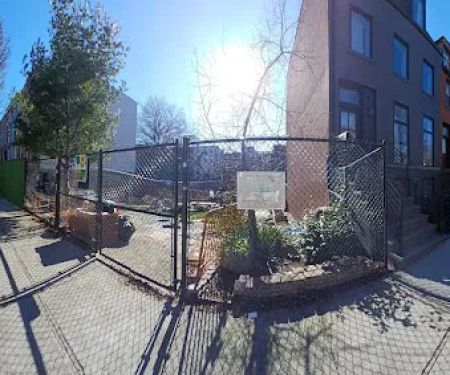 Madison Hill Community Garden0.0 (0 reviews)
Madison Hill Community Garden0.0 (0 reviews)88 Madison St, Brooklyn, NY 11216, USA
 Classon Ful-gate Block Association Garden5.0 (3 reviews)
Classon Ful-gate Block Association Garden5.0 (3 reviews)474 Classon Ave, Brooklyn, NY 11238, USA
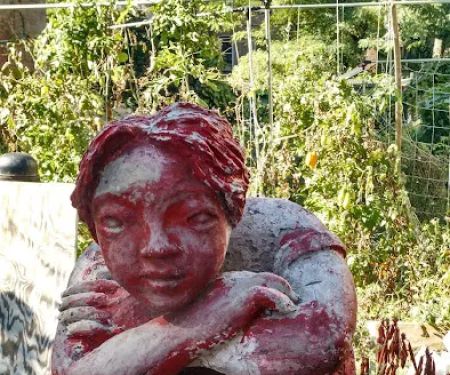 Classon/Fulgate Block Association Garden0.0 (0 reviews)
Classon/Fulgate Block Association Garden0.0 (0 reviews)474 Classon Ave, Brooklyn, NY 11238, USA
 Udom Residence5.0 (2 reviews)
Udom Residence5.0 (2 reviews)1054 Bedford Ave, Brooklyn, NY 11205, USA
 Clifton Place Memorial Garden & Park5.0 (1 reviews)
Clifton Place Memorial Garden & Park5.0 (1 reviews)1031 Bedford Ave, Brooklyn, NY 11216, USA
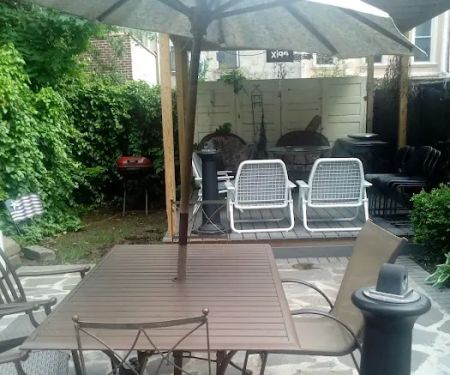 Yellow Block Bed & Breakfast4.0 (151 reviews)
Yellow Block Bed & Breakfast4.0 (151 reviews)208 Quincy St, Brooklyn, NY 11216, USA
Categories
Popular Camping Sites
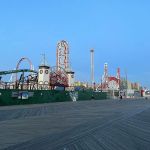 Coney Island Boardwalk Garden4.0 (75 reviews)
Coney Island Boardwalk Garden4.0 (75 reviews) The William Hotel Midtown, Sonder4.0 (555 reviews)
The William Hotel Midtown, Sonder4.0 (555 reviews) Shepard Lake Recreation Area0.0 (0 reviews)
Shepard Lake Recreation Area0.0 (0 reviews) Stairway To Heaven4.0 (185 reviews)
Stairway To Heaven4.0 (185 reviews)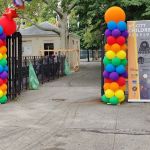 Howard Bennett Playground4.0 (152 reviews)
Howard Bennett Playground4.0 (152 reviews) Isle of Meadows4.0 (10 reviews)
Isle of Meadows4.0 (10 reviews)Trending Camping Blog Posts
 Top Group Travel Destinations in Europe: Best Places for Group Vacations
Top Group Travel Destinations in Europe: Best Places for Group Vacations How to Get Involved in Travel Clans for Social Travel: Explore Group Travel Opportunities
How to Get Involved in Travel Clans for Social Travel: Explore Group Travel Opportunities Best Travel Clans for Sustainable Travel
Best Travel Clans for Sustainable Travel Best Group Vacation Destinations for Friends: Ultimate Travel Ideas
Best Group Vacation Destinations for Friends: Ultimate Travel Ideas Travel Clans for Solo Travelers Looking for Company: Join Unique Travel Communities
Travel Clans for Solo Travelers Looking for Company: Join Unique Travel Communities Best Travel Clans for Women Traveling Together
Best Travel Clans for Women Traveling Together 
